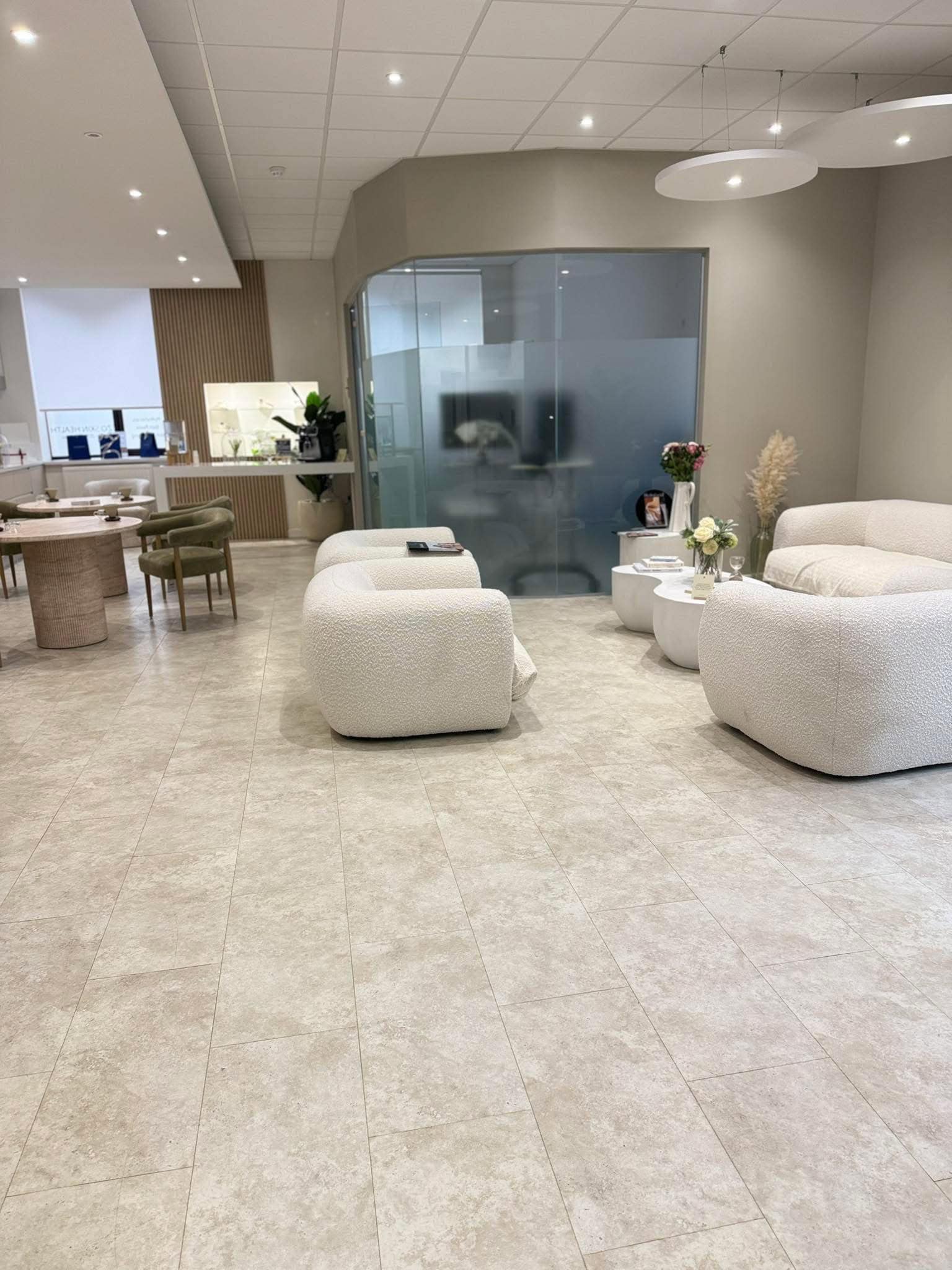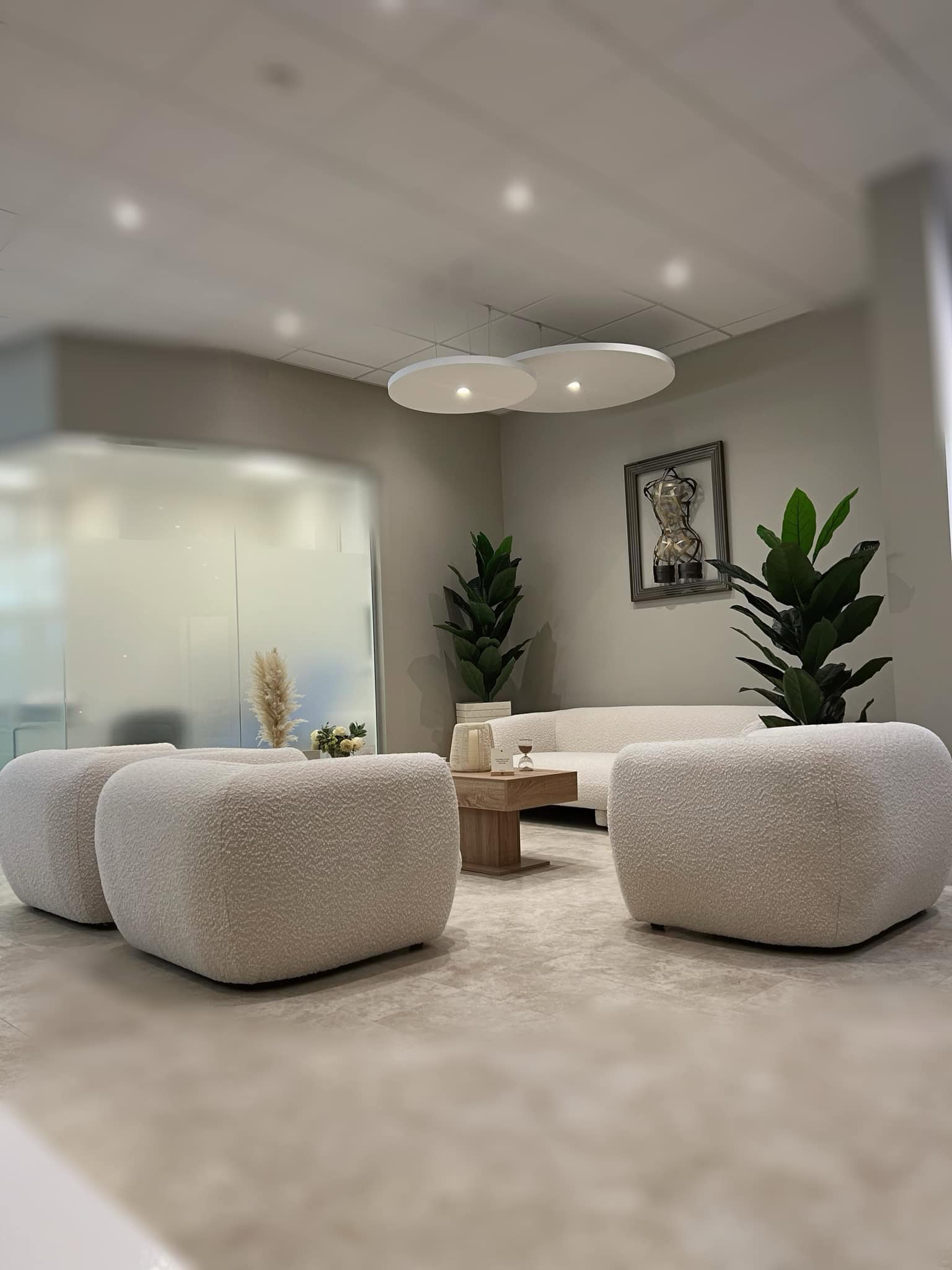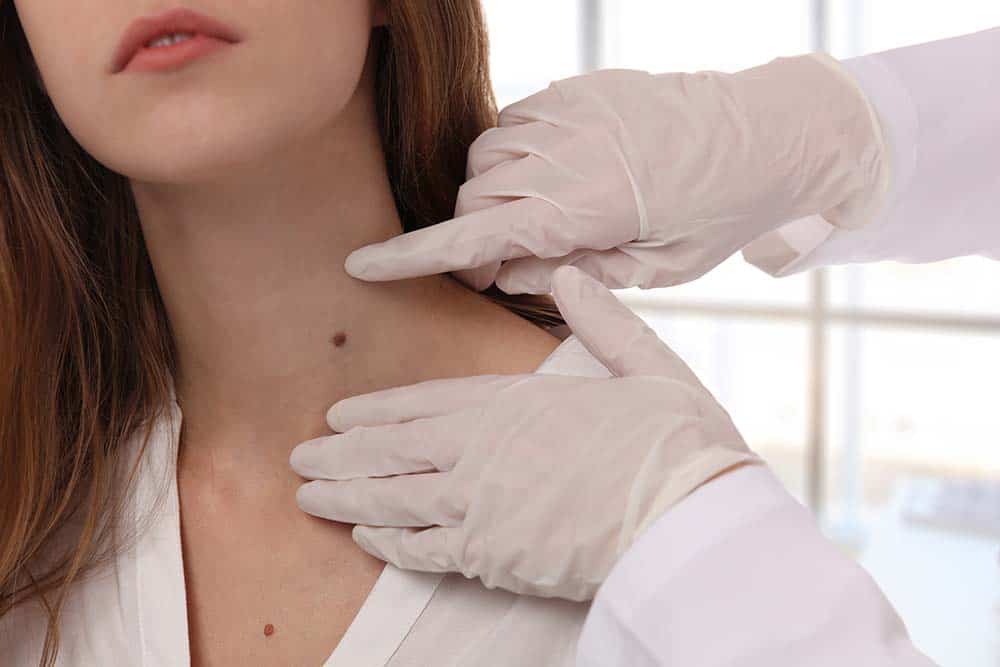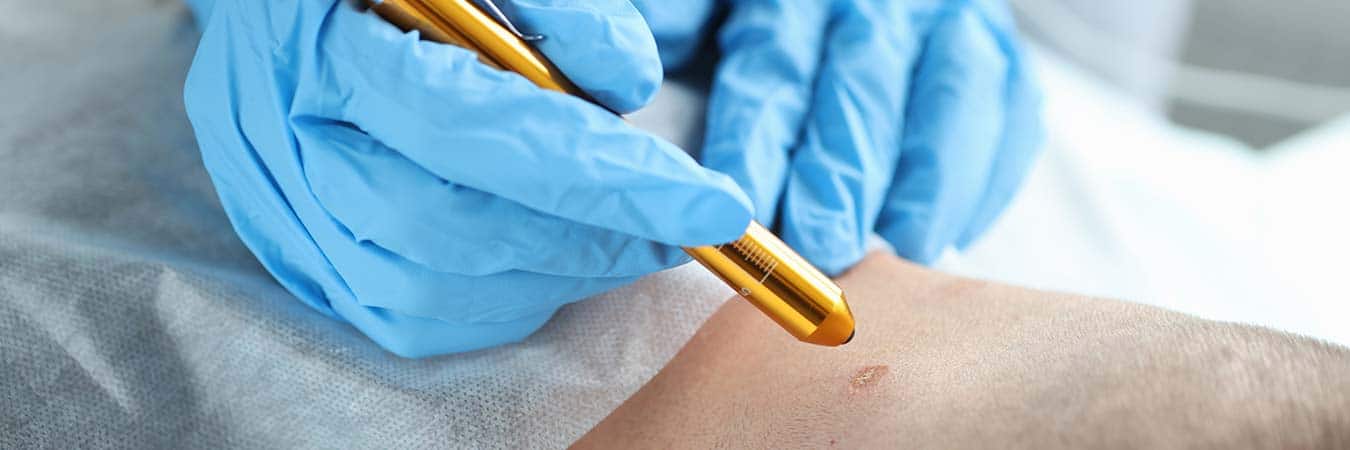ReNu Wellness: Revolutionising Wellness and Longevity in Dundee
The world of aesthetics and wellness is evolving, and I couldn’t be more excited to introduce ReNu Wellness, opening in April 2025
At Renu Health and Wellness, we are dedicated to offering advanced skin tag removal in Dundee. Skin tags, though benign, can cause discomfort or cosmetic concerns. Our expert team uses the latest techniques to remove them safely and efficiently, ensuring minimal discomfort and optimal results. With state-of-the-art technology and a commitment to patient care, we tailor our treatments to your specific needs, helping you achieve smooth, clear skin.



Skin tag removal improves the overall appearance of your skin, giving you a smoother and more even complexion, boosting your confidence.

Skin tags often cause irritation, especially when they rub against clothing or jewellery. Removal eliminates this discomfort, making daily activities more comfortable.

While harmless, skin tags can become inflamed or infected if irritated. Removing them reduces the risk of these complications, promoting better skin health.

Modern removal techniques are swift and require little to no downtime, allowing you to return to normal activities almost immediately.

We offer same day consultation/treatment but we recommend booking a consultation with our experienced medical team to assess whether skin tag removal is suitable for your individual skin type and concerns. This ensures a safe, effective, and personalised approach to treatment.

Before your procedure, our nurse will review your medical history and confirm the treatment area. The skin is then cleaned with an antiseptic solution in a sterile environment to ensure your safety and comfort throughout the procedure.

To ensure your comfort, we may inject a local anaesthetic to numb the area, minimising any discomfort during the procedure.

We use advanced techniques like Ellman RadioWave Surgery and Cryotherapy for safe, precise, and minimally invasive skin tag removal.

After the procedure, we provide detailed aftercare instructions to promote healing and prevent infection, ensuring a smooth recovery.
Treatments Delivered
Years of Experience
At Renu Health and Wellness in Dundee, we offer safe, effective skin tag removal using the most appropriate method for your needs. Skin tags—also known as benign skin lesions—often appear over time in areas like the neck, eyelids, underarms, chest, and thighs. While harmless, they can cause irritation, catch on clothing, or affect confidence.
At Renu Health and Wellness, skin tag removal is a quick procedure with minimal downtime. After Radiowave Surgery, you may experience mild redness or swelling, which usually settles within a few days. The area should be kept clean, and a topical ointment may be recommended.
After Cryotherapy, the skin may appear red or blister briefly, forming a small scab as it heals naturally.
Most patients notice smoother, clearer skin within days,
Most patients find the procedure very tolerable. For radiowave surgery, a local anaesthetic is used to numb the area, so you won’t feel pain during treatment.
Cryotherapy typically requires no anaesthetic and may cause a brief stinging or cold sensation. Any post-treatment discomfort is usually mild and short-lived.
The procedure is usually quick and straightforward. Depending on the size and number of skin tags being treated, it typically takes between 15 to 30 minutes. Most treatments are completed in a single visit.
Scarring is uncommon. Our experienced medical team uses precise techniques to reduce any risk, and if marks do occur, they’re typically small and fade with time as the skin heals.
In most cases, skin tags do not return once removed. However, some individuals may be prone to developing new skin tags over time, especially in areas of friction or hormonal change.
If new tags appear, they can be easily treated with the same safe and effective methods.
Most people are suitable candidates, but certain conditions or allergies to anaesthetics may affect your eligibility. A consultation will help determine your suitability and address any concerns.
After the procedure, we recommend keeping the area clean and dry for a few days and avoiding swimming, heavy sweating, or applying makeup or perfumed products directly to the treated area until it heals. Most patients can return to normal activities immediately, with minimal disruption.
Yes, skin tags around the delicate eye area can be safely and effectively removed at Renu Health and Wellness. For these sensitive regions, we use a specialised technique called Ellman® Radiowave Surgery—a precise and gentle method that minimises damage to the surrounding skin.
The procedure is performed under local anaesthetic to ensure your comfort, and is ideal for areas like the eyelids, where cryotherapy would not be suitable. Our medical team is highly experienced in treating facial skin tags with care, precision, and excellent cosmetic results.
At Renu Health and Wellness, your safety is our priority. Before any removal, our nurse will carefully assess the lesion using dermoscopy, a specialised tool that allows us to examine the skin in detail. This ensures the lesion is indeed a benign skin tag and suitable for treatment. If there’s any doubt, we’ll guide you on the appropriate next steps.
At Renu Health and Wellness, we offer skin tag removal using two safe and effective methods: cryotherapy and Ellman® radiowave surgery. Pricing and method depend on the size, location, and number of tags. Please see our prices page here.

Join our exclusive newsletter for expert skincare tips, special offers, and early access to our latest treatments.
By subscribing you agree to with our Privacy Policy and provide consent to receive updates from our company.
Explore the full spectrum of our treatments with a consultation. Whether you’re interested in enhancing your natural beauty, exploring dermatological solutions like mole removal, or trying advanced aesthetic treatments like dermal fillers, our experts are here to guide you.